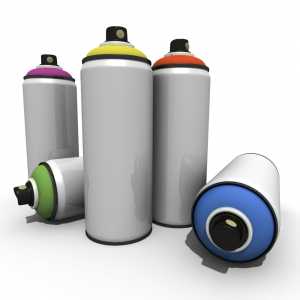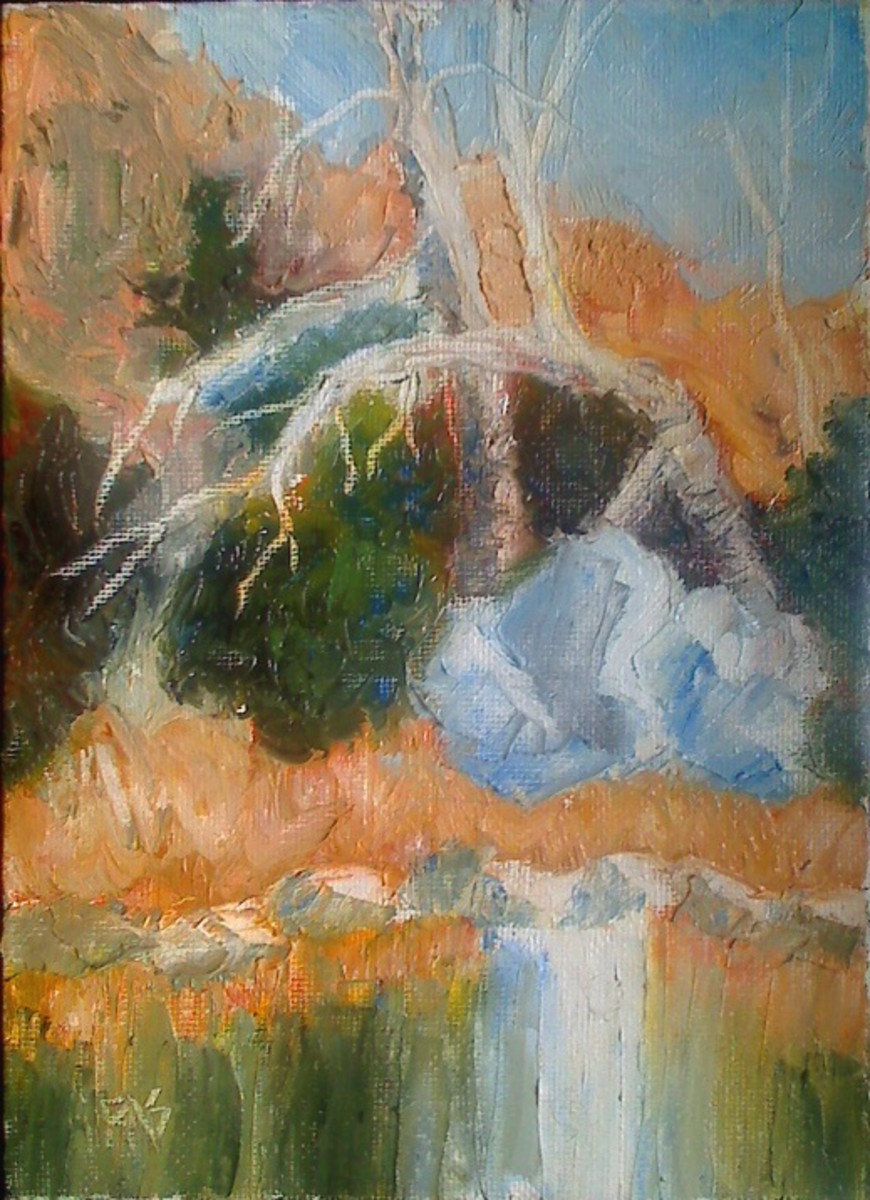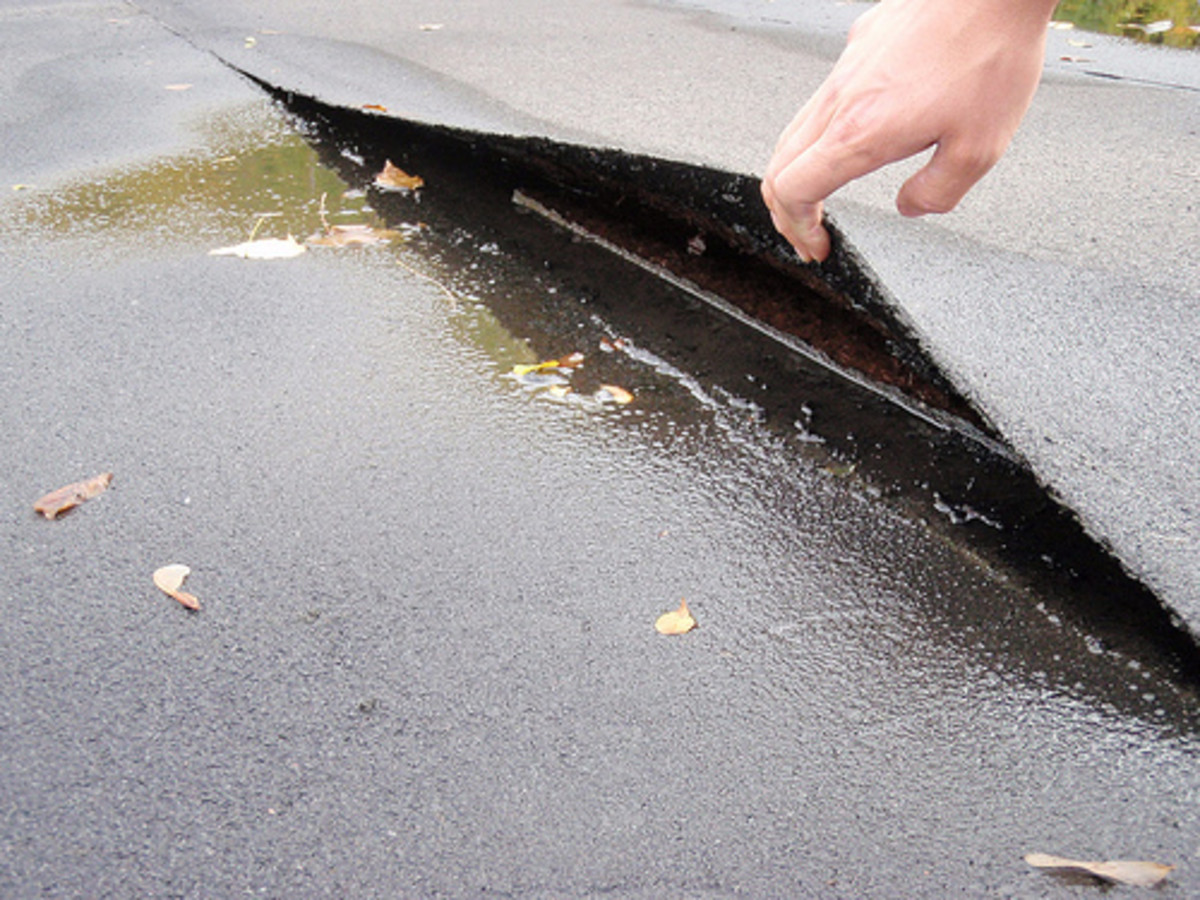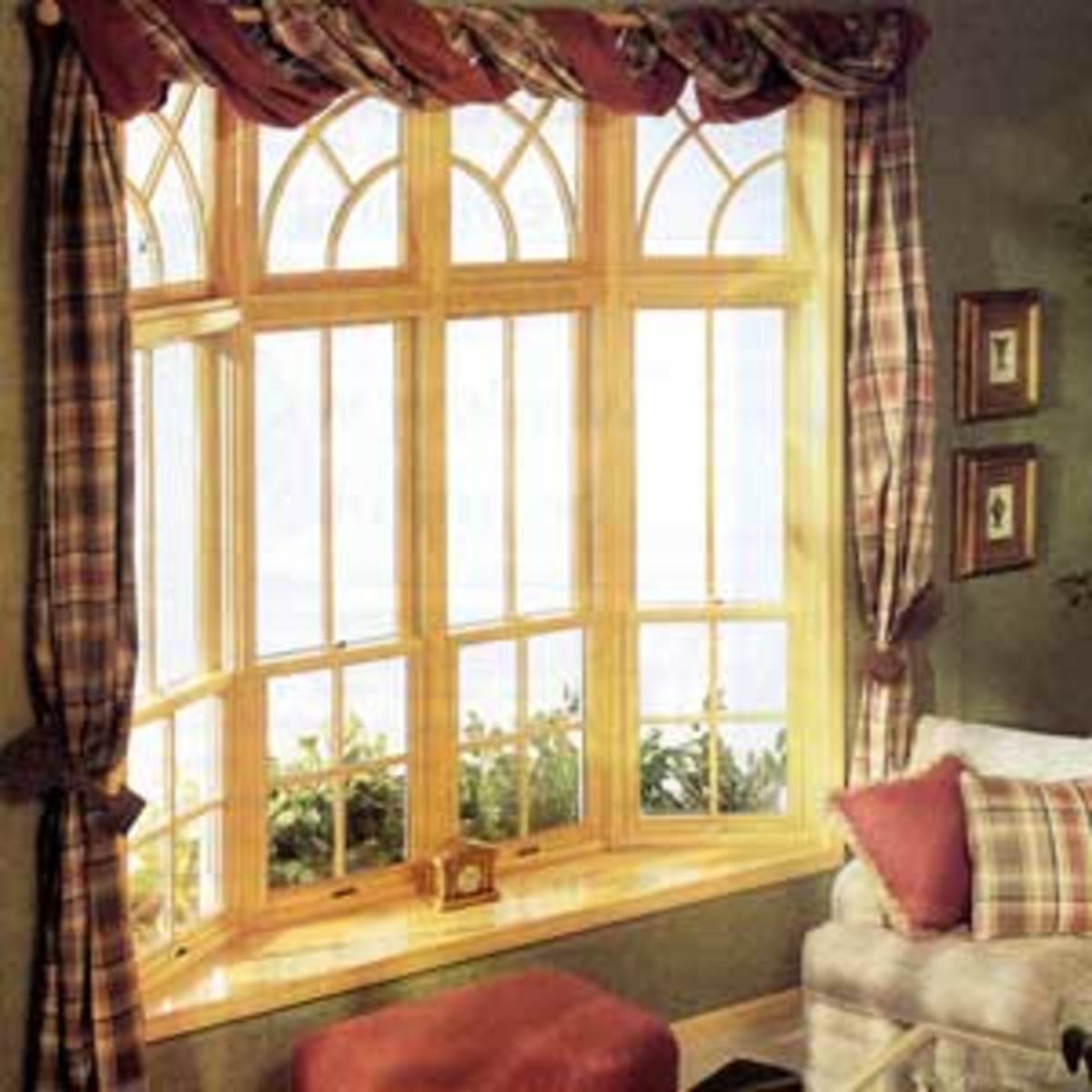How is paint made?
Paint is a liquid material applied to a surface to form a hard, continuous film for protection or decoration. For instance, wooden houses often are painted to protect them from the weather, and metals often are painted to protect them from corrosion. Paint also serves a variety of decorative purposes, such as adding bright, cheerful colors to school rooms, hospitals, offices, and factories, or making colored designs on paper. In fact, paint has so many uses that many millions of gallons of it are sold each year in the United States alone.

Ingredients of Paints
Several basic types of ingredients are found in most paints. The film-forming constituent df the paint is known as the binder, or resin. Solvents, or thinners, may be added to the binder to make it flow easily. Driers assist in the hardening of the film, and pigments produce color. Other additives that are present in modern paints include stabilizers, which neutralize the destructive effects of ultraviolet rays in sunlight; fillers, which improve the mechanical properties of the paint; and plasticizers, which assist in the hardening of the film or impart a special characteristic, such as flexibility, to the paint.
A paint is characterized as either water-based or oil-based, depending on whether the thinner used with it is water or an organic substance such as turpentine or alcohol.
The constituents of a paint are determined by the purpose for which the film is applied and the nature of the surface to be painted. Often one ingredient will serve a dual purpose; for example, red lead acts as an anticorrosive agent as well as a pigment in bridge and marine paints.
Binders. The film-forming properties of drying oil depend on the ability of a thin layer of the substance to polymerize on exposure to oxygen.
In order to decrease drying time and produce more durable films, paint manufacturers, about 1900, experimented with raw and refined linseed oils by chemically treating or mixing them with other oils before use. Although the mechanism of film formation was not then known, experiments did produce faster drying formulations.
World War I stimulated research on linseed oil (an oil extracted from flax) that was important as a source of glycerol for explosives. Through this research, chemists discovered that the mechanism of film formation involves both oxidation and polymerization. It then became possible to synthesize film-forming products, and these synthetic resins became commercially available in the 1920s. One such product, the alkyd resins, is a group of polymers produced by the reaction between a polyhydric alcohol, such as glycerol or pentaerythritol, and a polybasic acid, such as phthalic, isophthalic, or maleic acid.
Research into the chemistry of synthetic rubber during World War II stimulated the development of another group of resins that are used in water-based paints. These resins, known as latexes in the United States, include styrene-butadiene, polyvinyl acetate, and acrylic latexes.
Combinations of the three types are also used.
Solvents. The volatile vehicle of a paint is called the solvent, or thinner. In water-based paints the solvent is water; in other paints it consists of a mixture of organic liquids with a range of boiling points and evaporation rates. Active solvents contain a solution of the resin with the solids content necessary to deposit a film appropriate to the purpose for which the paint is designed. For example, the solvent requirements of the thin film needed for a metal primer obviously differ from those of the thick film for a pipe lining.
Diluents. Diluents, or diluting agents, adjust the viscosity, drying rate, and gel properties of the wet film. Generally, low boiling point constituents in the solvent contribute the actual solvent power, while the higher boiling point constituents control the drying rate, allow the film to flow and level, and regulate the onset of the gel stage. The requirements of an ideal paint film—high solids content, good leveling properties, and fast drying—are to some extent conflicting, and the choice and formulation of the solvent represent a major part of the science of paintmaking.
Pigments. The pigment in a paint film not only produces a decorative or functional color but is also used to impart mechanical properties to the film; the pigment controls transmission of moisture through the film and screens out harmful light rays. The characteristic color of a pigment is produced by the absorption of some light rays and the reflection of others, with white pigments absorbing relatively little light and black pigments absorbing most light. The hiding power of the paint depends on its refractive index (or more precisely, the difference between its own refractive index and that of the surrounding medium), its particle size, and the quantity of pigment present in the dried film. Other factors being equal, the higher the refractive index, the greater the hiding power. Titanium dioxide is an important white pigment produced from the mineral ilmenite. It is added to other pigments to improve their covering and hiding properties. Titanium dioxide has a refractive index of about 2.8, compared to about 1.5 for most paint vehicles, and it is widely used in all pig-mented paints, not only white ones, as well as in the plastics and paper industries.
Of special interest to paintmakers are the corrosion-inhibiting pigments and metallic pigments. The first group includes red lead, basic lead sulfate, basic lead chromate, strontium chro-mate, zinc chromate, and calcium plumbate. These compounds have the ability to combine chemically with the metal surfaces to which they are applied, forming an impervious insulating film. A recent development in corrosion-inhibiting pigments consists of a shell of basic lead chromate fused to an inert core of silica. The high bulking value of the cheap, light silica core allows a high volume concentration of pigment, with its reactive, comparatively expensive, outer shell to be used for top coats as well as primers.
Metallic pigments, such as stainless steel, zinc, and aluminum, are widely used in corrosion-resistant paints for ships, bridges, and chemical plants. Metallic powders, usually aluminum flakes, form the bases for the popular and highly decorative polychromatic automobile finishes. Zinc dust, which is used in primers for steel, confers protection against corrosion by its galvanic action in the presence of moisture; the zinc serves as a (sacrificial) anode in relation to the steel cathode. (See corrosion.) The deposited zinc corrosion products form a hard, adherent, and impervious barrier layer between the substrate and the top coats and afford long-term protection.
Driers. Driers are chemical compounds that speed up drying by assisting the film to oxidize. Salts of cobalt, lead, manganese, barium, and zinc are commonly used as driers.
Extenders and Fillers. Extenders and fillers are inert, inexpensive materials that are added to paint to produce certain consistency and non-settling characteristics. They can improve the physical and mechanical properties of the dry film by inhibiting the tendency of the film to crack and by increasing its resistance to abrasion. They also serve to dilute colored pigments and control the gloss, or flatness, of the finish. The nondrip, thixotropic (they become fluid when stirred or shaken), home paints acquire their special characteristic from the controlled use of extenders.
Materials commonly used as fillers include chalks, clays, micas, forms of barites and talcs, and silica. Fungicides and insecticides are commonly added to house paints, and recently scents have been marketed for producing scented coatings. Specialized antifouling compounds are added to marine paints to discourage marine growth. Small glass beads, called ballotini, are added to traffic paints to provide a highly reflective surface at night.
Surfactants. Surface active agents, or surfactants, are used to aid the solution and dispersion of solid paint pigments. Ease of dispersion has also been achieved with pigments and solid resins by precipitating the solid particle as an agglomerate with water-soluble substances such as common salt and then dissolving away the salt with water. This leaves a resin or pigment particle with a formation comparable to that of a sponge, with a very large surface area that can be exposed to the action of solvents.
Manufacture of Paints
Paintmaking is largely a matter of dispersing solids (pigments and extenders) adequately in liquids (solvents and resins). Although some paint manufacturers produce their own resins, most resins are obtained from special manufacturers associated with petrochemical industries.
For oil-based paints the dispersion of the solid components in the liquid was traditionally done by grinding them in a mortar with a pestle, and the finest artists' paints are still made this way. Early in the 19th century the use of ball mills became standard practice, and many are still in use. Basically, a ball mill consists of a cylindrical metal container up to 6 feet (1.8 meters) in diameter that is made to rotate slowly. It is loaded with balls of steel or granite. The dry material and some oil or resin are added to the mill, which is then rotated for many hours; the grinding action of the balls against each other produces a smooth dispersion of the paint materials. Small versions of the ball mill, with" containers ranging in capacity from a pint to a gallon, are commonly used in laboratories; these are called pot mills. Roller mills, in which the grinding action of rollers against each other or against a metal plate, are found to reduce the time required to produce an even dispersion and are replacing ball mills in modern works.
High-speed mixers have been developed in which propellers revolving within a container provide the dispersing action. One modern development, which in some ways reverts in principle to the ball mill, is the sand mill, in which the paint ingredients are placed in a high-speed dis-perser together with sand. The sand particles, which are easily filtered off, exert the same grinding action as the balls in a ball mill. In all these techniques only a fraction of the liquid ingredients is mixed with all the solid ingredients to form a mill base, which is then "let down" by the addition of the remaining ingredients.
Computers are used to calculate the effect of formulation alterations, effects which in the past would have had to be determined by trial and error after physically making batches of paint incorporating small changes in formula. There have also been advances in paint testing. Before it can be marketed, a new product has to be tested by weathering under conditions to which it will be exposed for periods up to several years. In laboratory weathering machines, painted panels can be exposed to ultraviolet light, extremes of temperature, and water under controlled conditions. However, correlation between these laboratory tests and exposure to outdoor weathering has been difficult to achieve. There are new testing devices that will "follow the sun" and while exposing the panel to direct sunlight will also spray them with water at predetermined intervals. By the use of such testing devices with computers to screen formulations, paints can be marketed without prolonged natural weathering tests.
This content is accurate and true to the best of the author’s knowledge and is not meant to substitute for formal and individualized advice from a qualified professional.






